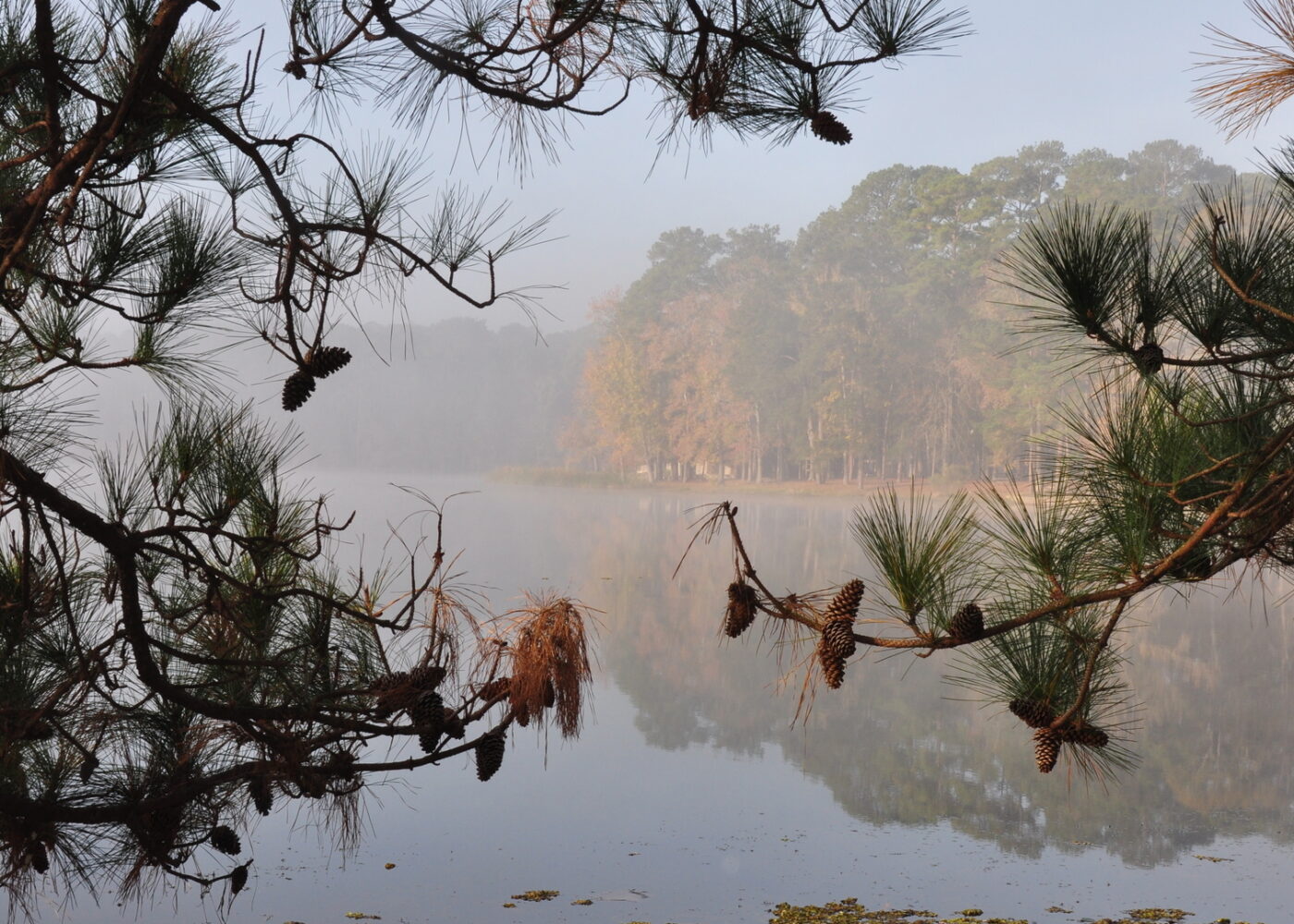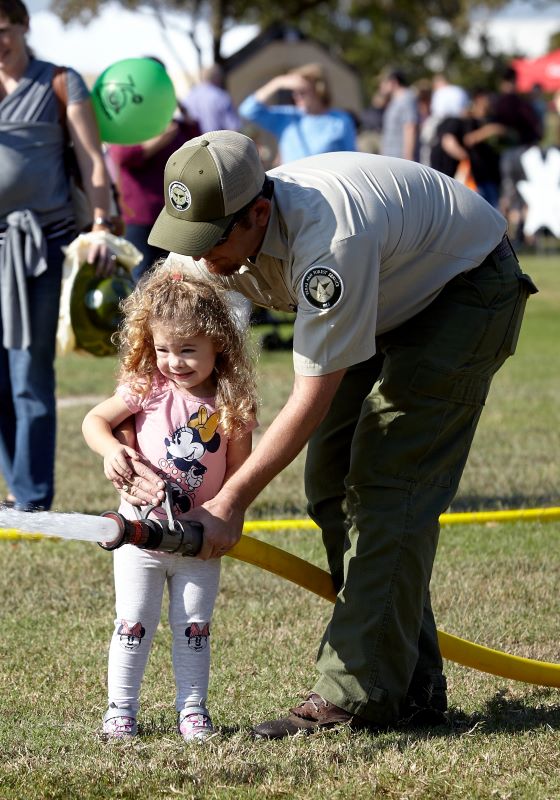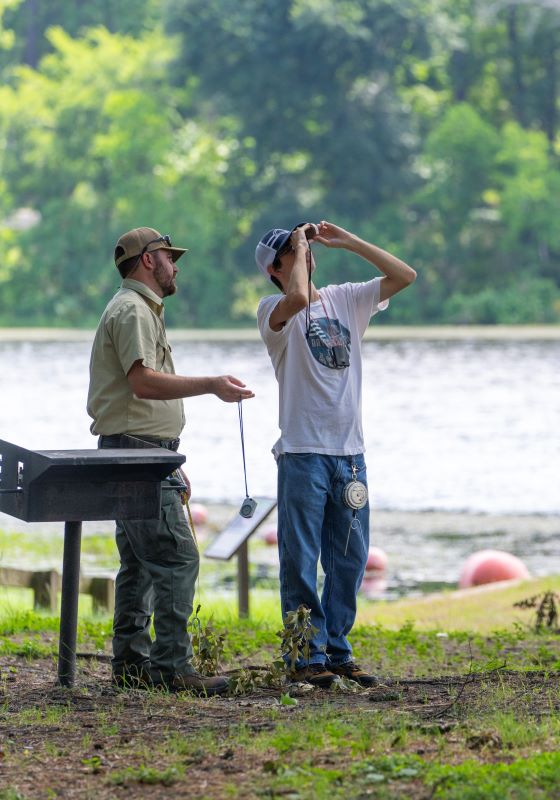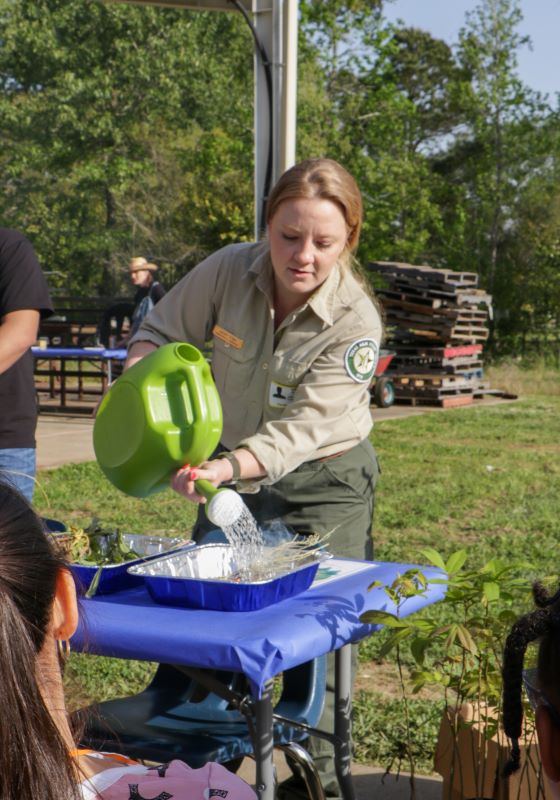Why teach about natural resources
Learning about the natural world does more than just teach facts. It helps the next generation build important skills that go beyond the classroom. Engaging with natural resources helps students develop deeper thinking, creative problem-solving, and leadership skills, like:
Critical thinking and decision-making: Help students think carefully about complex environmental issues and understand the long-term effects of human actions.
Teamwork and communication: Teach students how to work together and engage in stimulating conversations about complex and controversial topics, learning to share ideas effectively. This prepares students to lead or contribute to group projects in the real world.
Real-world connections: Nature is a living laboratory, offering endless opportunities to observe, study, and experiment. Learning about natural resources connects complex STEM (science, technology, engineering, and math) concepts to real-life examples that are relevant and meaningful. It helps students grasp challenging ideas by showing how these concepts apply to their world, encouraging them to think more deeply and critically about their communities and future careers.
Proven ways to teach about natural resources
Effective teaching begins with a solid foundation. Rather than starting from scratch, educators can rely on established resources and proven models such as environmental and forest literacy frameworks to ensure their efforts are both impactful and aligned with best practices. These structures offer clear guidance on how to engage students meaningfully at every stage of development.
Texas Forest Literacy Plan
The Forest Literacy Plan provides a framework that aligns with educational standards like TEKS, ensuring students gain essential skills in understanding forests and resource management. By using this plan, educators can tailor their teaching methods to different age groups, promoting environmental literacy and responsible citizenship.
Understanding the learning stage or grade level of students is key to choosing the most effective methods for teaching about natural resources. Below are resources and strategies tailored to different age groups, all rooted in successful frameworks that promote environmental literacy and responsible citizenship.





